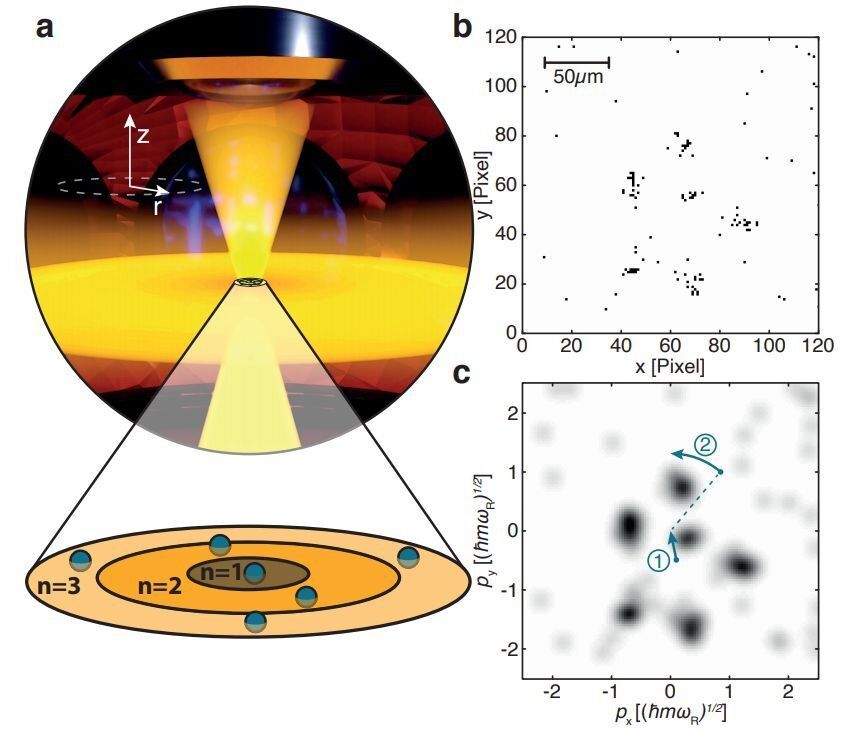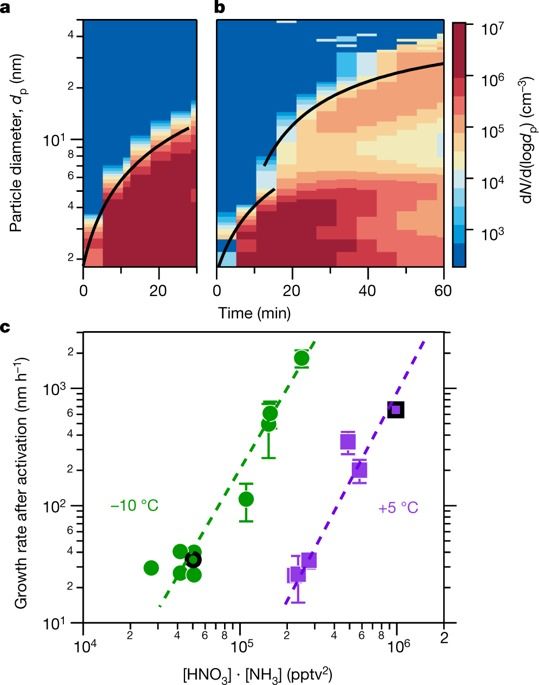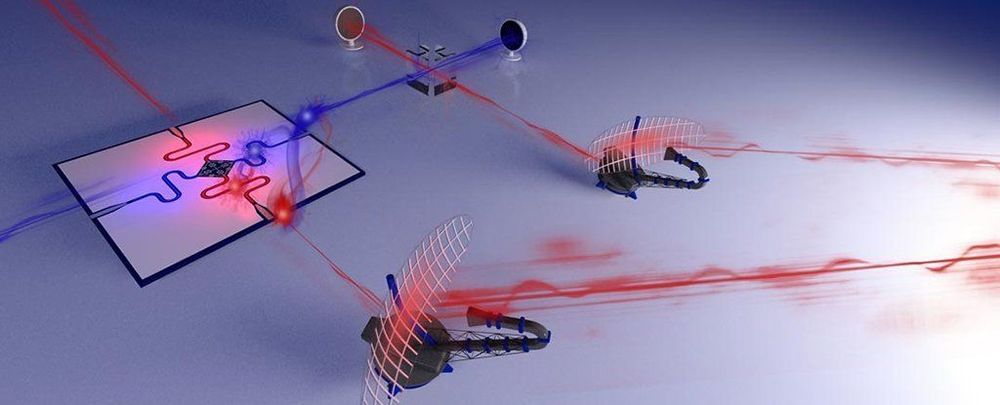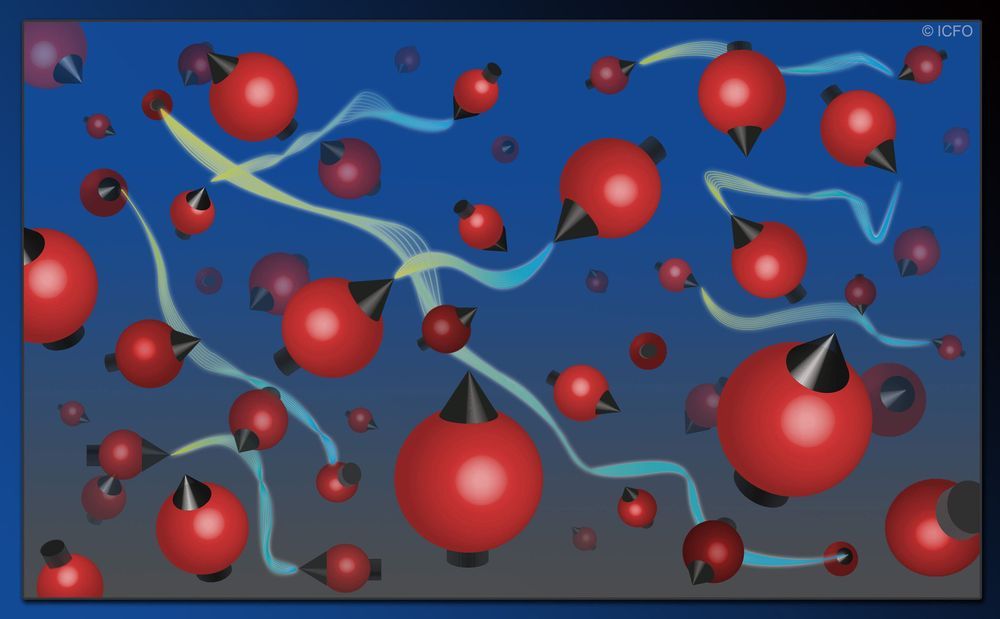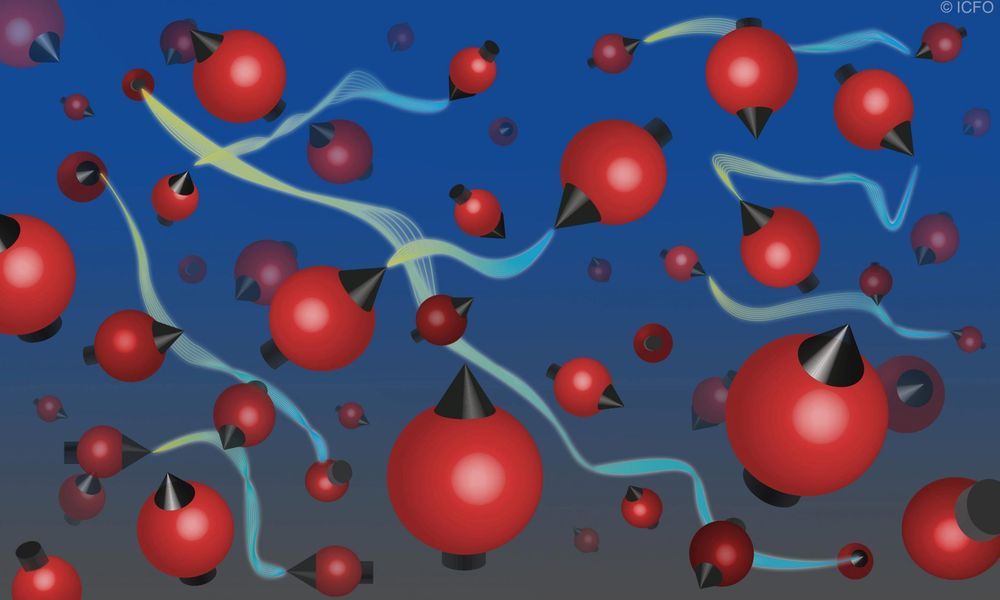Every once in a while I have a contentious discussion with someone about traveling to Mars, and the risks involved. One of the hardest risks to describe is the threat from galactic cosmic rays. Here is a short article about a new facility investigating the effects of galactic cosmic rays.
The very important point here is that we are not discussing electromagnetic radiation. These ions have been shown to sometimes penetrate spacecraft and inflict damage on astronauts brains. Earthlings do not have to worry about these as much because we have a magnetosphere that shields us from ions.
To better understand and mitigate the health risks faced by astronauts from exposure to space radiation, we ideally need to be able to test the effects of Galactic Cosmic Rays (GCRs) here on Earth under laboratory conditions. An article publishing on May 19, 2020 in the open access journal PLOS Biology from Lisa Simonsen and colleagues at the NASA Langley Research Center, USA, describes how NASA has developed a ground-based GCR Simulator at the NASA Space Radiation Laboratory (NSRL), located at Brookhaven National Laboratory.
Galactic cosmic rays comprise a mixture of highly energetic protons, helium ions, and higher charge and energy ions ranging from lithium to iron, and they are extremely difficult to shield against. These ions interact with spacecraft materials and human tissues to create a complex mixed field of primary and secondary particles.
The biological effects from these heavy ions and mixtures of ions are poorly understood. Using recently developed fast beam switching and controls systems technology, NSRL demonstrated the ability to rapidly and repeatedly switch between multiple ion-energy beam combinations within a short period of time, while accurately controlling the extremely small daily doses delivered by the heavier ions.

